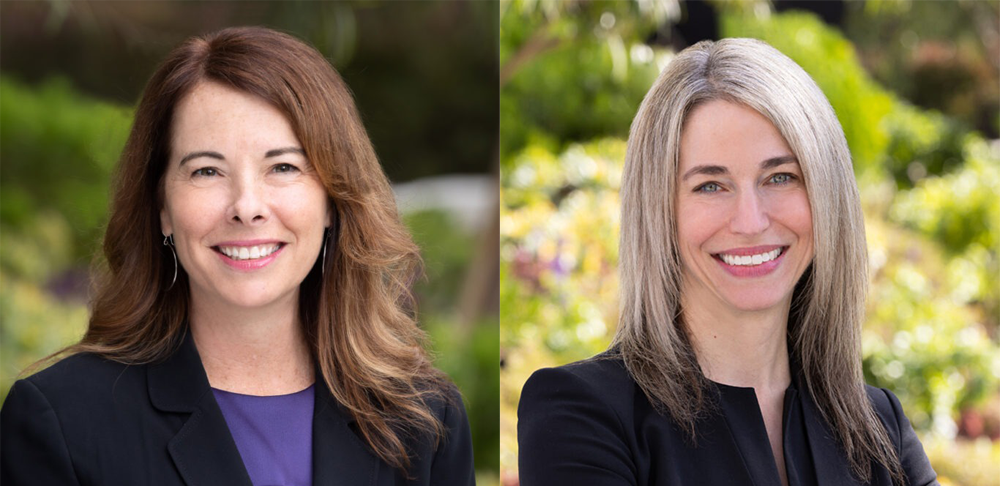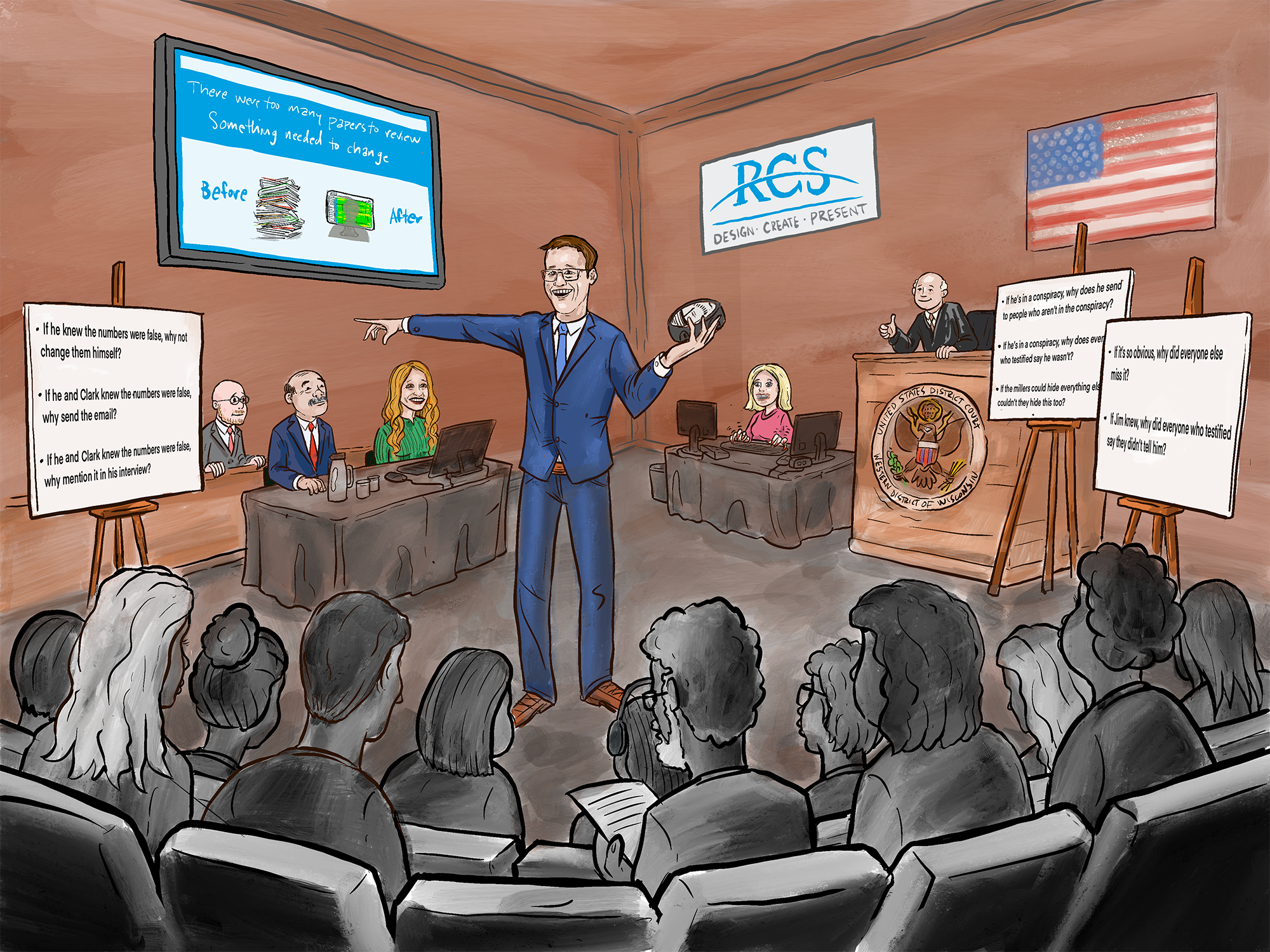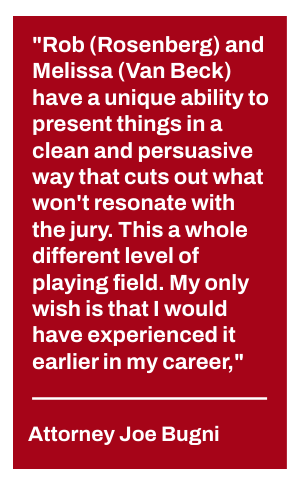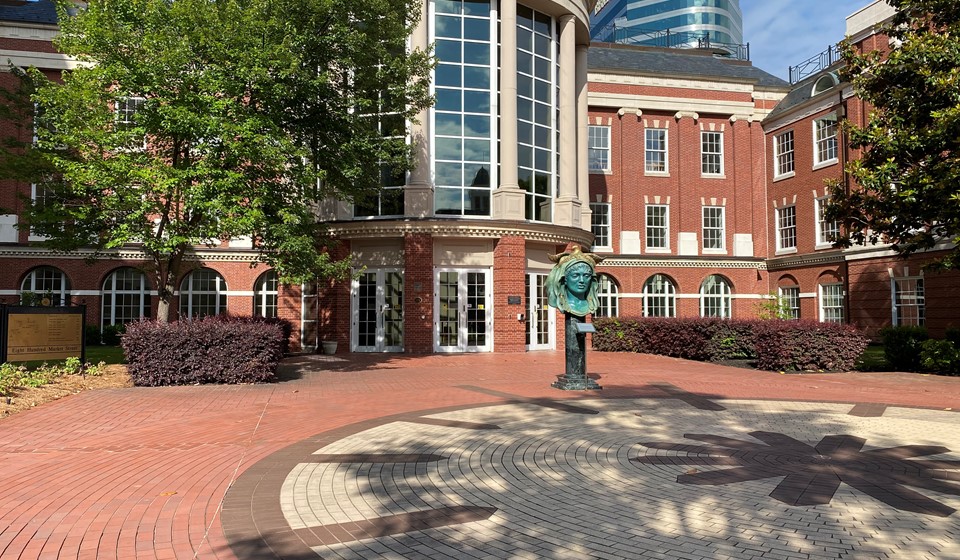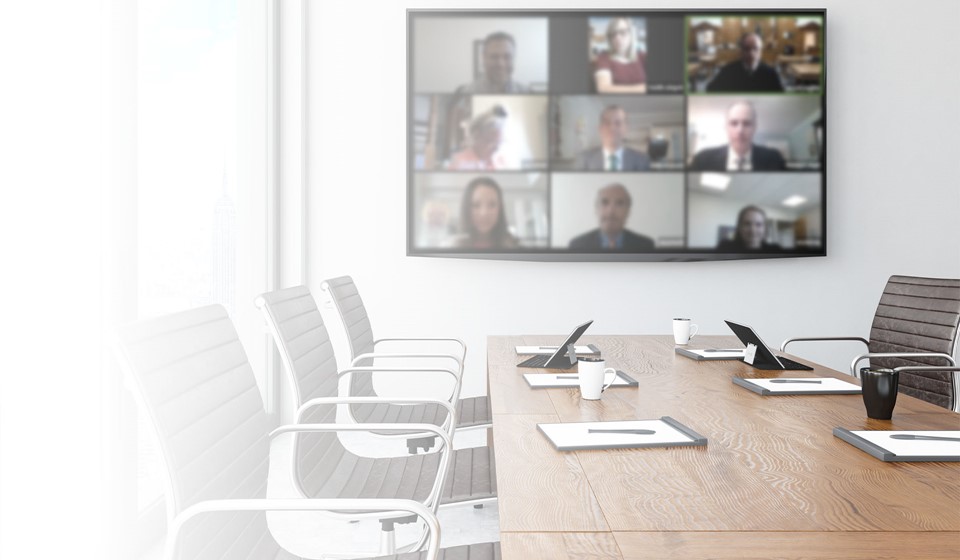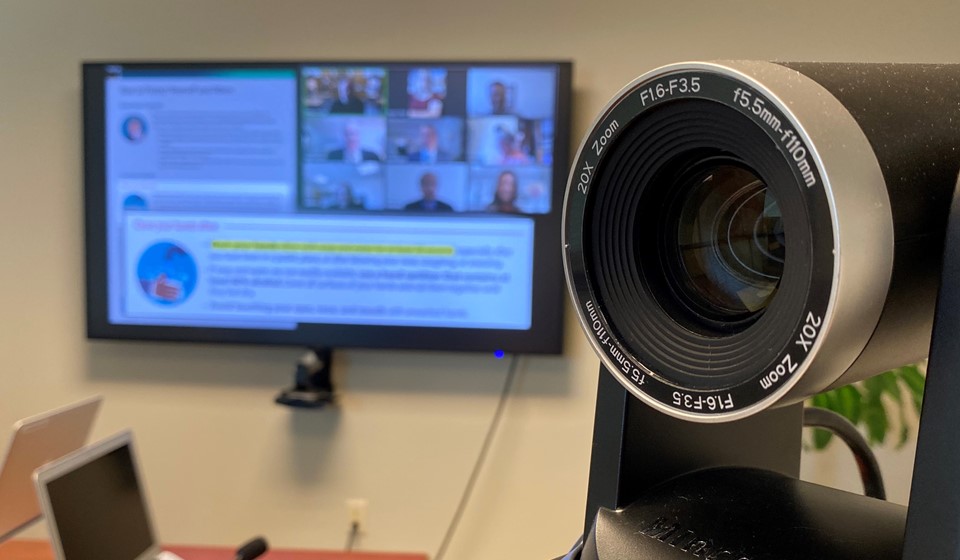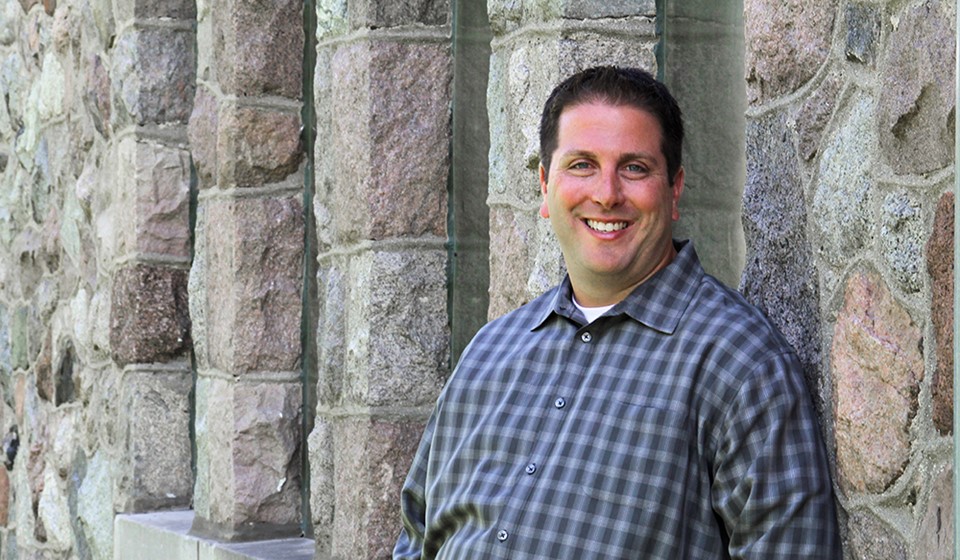Want to learn more about doing virtual trials? See our new “Virtual Counsel Table” service offerings by clicking here.
Think a remote trial is “virtually” impossible? Think again.
After completing one of the nation’s very first virtual trials, my confidence in virtual trials has been fully confirmed. For the past 23 years, I have been in courthouses all over the country. I have traveled from one end of the nation to the other and never before had such a pleasant experience as presenting a case virtually.
Ever since COVID-19 became a massive disrupter to the legal industry, I have had to consider whether or not the trial consulting profession would ever go back to the way things were. Truth be told, they will go back somewhat. But never fully back to the point where every trial will be held in a courtroom.
Bench trial vs. jury trial
From a technological and logistical standpoint, there is a fundamental difference between a bench trial and a jury trial. Not only procedurally, but how we present our cases. As we started to wrap our heads around how a trial before a jury could take place, we have learned that there really isn’t a plan to get us back into the courtroom that can be 100% effective in the absence of a vaccine. There are many variables that need to be considered. How can we observe social distancing in a space that was never designed to have enough space to spread out? This is the struggle that we are all facing.Some trials have decided to move their proceedings outside the four walls of a courtroom and utilize conference centers, hotel ballrooms and other large venue spaces to conduct their trials. This certainly can help solve the space dilemma, but at the same time certainly increases the expense of conducting your trial.
Bench trials present far more opportunities and benefits than a jury trial. In a bench trial, you do not have to worry about proximity of the jurors. The judge and court members can virtually be anywhere in the courthouse and do not have to be in the same room. Counsel can be at what I like to call a “Virtual Counsel Table.” Even the court reporter can be remote.
This type of environment allows for maximum social distancing, the ability for the trial team to move around freely when not on camera, and still gives the same technological presentation capabilities as if you were in the courtroom.
Benefits of a virtual trial
I’ll admit I was a bit skeptical of the concept of an entire trial being done virtually. I have certainly had elements of a trial done virtually before. Perhaps a witness who is outside the jurisdiction of the court or otherwise not able to travel. This has been done for a long time.
Of course, one of the most public example of what can go wrong was when Scott Pleasants testified from Colorado during the Florida trial of George Zimmerman. In that particular matter, Pleasants was testifying using Skype. Soon after Pleasants began testifying a swarm of incoming calls flooded the session because of the broadcasting of the Skype username on national television.
Having been through virtual trials since the pandemic started, there are far more positives than negatives. For example, in the virtual trials I have participated in, they have moved much faster and it gave the trial team flexibility to move around when not on camera. Think about that for a moment. If you are not tied to counsel table, you may very well be able to continue to work with other witnesses, prepare for cross examination, communicate with other trial team members, review exhibits, tend to closing arguments or many other tasks that you otherwise wouldn’t be able to.
Drawbacks of a virtual trial
Many trial lawyers’ belief that their presence in the courtroom and their command of the proceedings is critical to their success in a case. That may very well be true in many cases. Our need and desire to make eye contact with each juror (or trier of fact) is sometimes the bedrock of how we determine who we are connecting with and who we feel the need to convince throughout our case. This is a legitimate concern.
This does not just apply to virtual trials though. Even in-person trials with social distancing implemented will deal with this challenge. For example, if the court determines using the gallery to spread out a jury is feasible, you likely will have challenges with line of sight since the jury may very well be behind counsel table. So, what do you do if this is the case? You may want to consider simply turning those tables 90 degrees to make sure you can still see your jury members. It is not the greatest of options, but it is better than having no visibility at all. These are the types of situations that we will have to learn to overcome as we move forward in this new world we are in.
When involved in a virtual trial, there are a few key things that should consider:
Control your environment
Your environment is key. You should always sit indoors in a quiet room and be aware of what is in your background. There is nothing more distracting than having plants growing out of your head. Also be aware of who is around you. Whenever on camera, do not have children, spouses or even other trial team members walking behind you.
You should consider a clean wall without any art on it. While you may like a particular piece of art, you never know who else is seeing it and what it may symbolize to them. Stay as neutral as possible. Most importantly, avoid the use of virtual backgrounds. While Zoom does a fairly good job of removing the background, they are really designed for use with a green screen to properly separate you from whatever is behind you.
It’s all about the sound
For virtual trials, it is all about the sound. Good quality sound is what will make sure the judge, jury and sometimes — even more importantly — the court reporter will be able to understand what you are saying. There are a lot of things that contribute to both good quality sound as well as poor quality sound.
First and foremost, choice of microphones is critical. From what I have personally seen (or heard for that matter) many people are relying on their laptop microphones. Generally, this should be sufficient but also has its drawbacks. Laptop microphones are designed to pick up as much sound as they can from anywhere near the laptop. While they do a fairly good job of picking up your voice, they also tend to pick up air-conditioning units, rustling of papers and many other ambient sounds that you may not want to have picked up by the microphone.
Obviously not everyone is an audio expert, including myself, so the best way to test the quality of your audio is to set up two laptops in two different rooms and have someone on each end listening. Also, if you are using Zoom you can record the session and listen to the quality of the sound.
There are a few different scenarios in which we need to be extremely cognizant of here. I am sure by now we’ve all heard of the term “feedback.” To summarize, feedback is when sound generated by a microphone comes out from a speaker and then back into a microphone again. It creates a distortion of the sound that is very unpleasant to listen to. You can simulate this very same sound by taking two cellphones that are connected and putting them both on speaker phone near each other.
So why does this matter and what do we do about it? It matters because unless you are going to have every person on your trial team in a separate room (which is certainly feasible), you’re not going to want to have two microphones in the same room unless you have special equipment to accommodate such a configuration.
Here a few scenarios in which we can overcome the issue of feedback:
- Have each participant in separate rooms. Obviously, you can use the internal speaker and microphone on your laptop. That said, it is highly recommended to get an external microphone that you can control the direction of where the sound is coming from. The Blue Yeti microphone is a great option. It is USB powered and has a variety of options depending on how many people there are around the microphone.
- Have each participant use headphones with microphones. All sound will need to go through the headphones, including outputs (speakers) and inputs (microphones). This can make it a little awkward for people in the same room because they will hear the other person speaking live as well as through their headphones. You can most definitely expect a little bit of Internet lag (or delay) which will make it sound like you are hearing everything twice.
- Use a microphone mixer with XLR based microphones. You will want to invest in an XLR to USB converter (see Shure MVI as an example) so you can run the audio back to your laptop as a microphone input. By having all the microphones run through the same input, you no longer have to worry about feedback as they are one source, not two or more. Zoom also does a particularly good job of cancelling out the sound that comes out your speakers to avoid feedback. I would also suggest having a pair of external speakers and point them away from your microphones to avoid any chance of feedback.
What you see is what you get
While I recommend using external microphones for sound, video may be a little bit of a mixed bag. While our laptops produce an acceptable image quality, they do not always produce the best image depending on your laptop. If the quality of your camera on your laptop is not of a high enough quality in your opinion, you may want to consider an external camera. I personally use a Logitech BCC950. It’s versatile, has two height options so it can sit behind your laptop or on a table surface, it has a built-in microphone and speaker, zoom/pan/tilt control as well as a built in mute button. There are a variety of options available, so I suggest you read reviews as well as talk to others than may have invested in an external camera.
One of the most important things about cameras for Zoom (or other similar platforms) is their proximity and placement. Now that we are far more comfortable after half a year of virtual meetings and being on camera, we have also come to learn certain things about virtual etiquette.
First and foremost, look into the camera whenever possible. The placement of cameras just above the middle of your monitor is no coincidence. When looking at your screen it very much looks like you are looking into the camera itself. If you place an external camera in another position away from your screen, it may give the impression you are not paying attention or otherwise distracted. If you are using an external camera, consider placing it on top of your monitor or just behind and above the laptop itself.
Internet connectivity
Internet connectivity and the bandwidth available to you are incredibly important. When on a virtual call, it requires a large amount of bandwidth not only to push your audio and video over the Internet, but also to view other people’s streams as well. Since many of us are working virtually from home right now, our Internet bandwidth will vary greatly depending upon your service provider and the package you have selected from them.
Whenever possible, use a hardwired connection. WiFi always will have slower speeds. If you are operating from within your firm’s office space, your WiFi may be limited to minimize the amount of bandwidth you can use.
Run a speed test on your Internet connection from where you will be when participating in a virtual trial (e.g. www.speedtest.net). At a minimum, you want to see at least 20-40 Mbps download speed and 15-20 Mbps upload speed to avoid connectivity issues.
Always have a backup in case your Internet connection goes out. Most cellular providers have options for hotspots, and you may even have a hotspot feature through your cellphone.
If working from home, don’t have your kids play video games while you are on a virtual call. It will draw tremendous bandwidth resources away from your session.
So now that we have our equipment taken care of, here are some of the things we need to consider procedurally for our virtual trials.
Exhibits and presentations
In all reality, the methods of presenting exhibits and other important case materials really has not changed much at all. As a matter of fact, the ability to present is far easier than in the past. The biggest change is the way we connect. Traditionally, if one were to present in person in a courtroom, they would be relying on equipment such as projectors, large screen TV’s, or desktop monitors. Since nearly all the video conferencing platforms (e.g. Zoom, GoToMeeting) have desktop sharing features, you are essentially using that as a replacement for the external displays I have mentioned. If you are interested in presenting documents, you may want to look at programs like TrialDirector, Limine or OnCue as tools to help you present. For others, you may find it easier to simply show your documents using Adobe Acrobat. Everyone has their own learning curve so certainly look at the resources available to you and perhaps even test drive a few different solutions until you find what is right for you.
Light at the end of the tunnel
While the current times have presented us with unprecedented challenges, they have also created opportunities that go beyond what we could have thought possible. Virtual trials ultimately may lead to faster dockets, less travel and give us the ability to take on more cases thus increasing our case bandwidth and even revenues.
Tips and tricks
- Make sure your laptop is plugged in. There is nothing more embarrassing then seeing a witness or an attorney having to scramble in the middle of testimony to plug in a laptop.
- Turn off your computer sounds (not the sound on your computer). This will avoid having a sound ding every time something happens on your computer.
- Close Outlook or whatever email software you use on your meeting laptop.
- Remember to use your mute button when you are not speaking. Your microphones are typically more sensitive to sound than our ears are. If you whisper something to someone and the mic picks it up, everyone will hear what you said.
- If you plan on using any instant messenger technology, make sure you do not use the messaging tools associated with your virtual session. You may accidentally send a message to the wrong person which could not only be embarrassing, but potentially damaging to your case.
Originally published at Wisconsin Law Journal on Tuesday, September 15, 2020
